Ice skates have evolved significantly from their origins as sharpened bone strapped to footwear, serving today not just as a tool for winter travel but as a cornerstone of sports and recreational activities.
The importance of choosing the right types of ice skates is difficult, as each variety caters to different activities and skill sets. This article discusses the various ice skates available, helping both novices and seasoned skaters make informed choices.
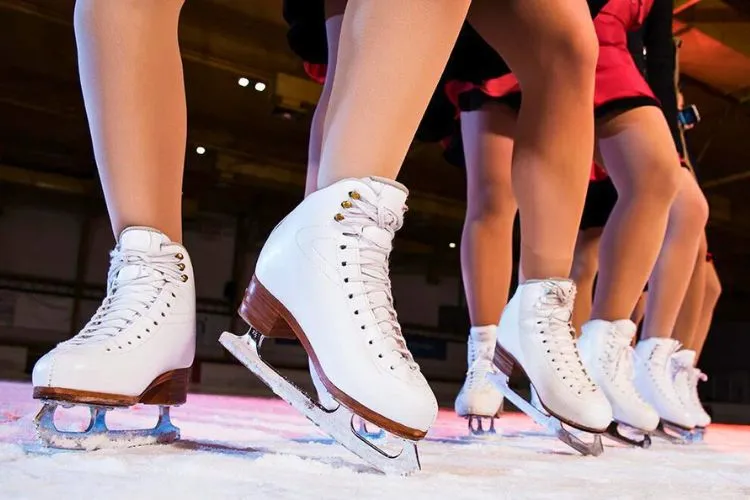
The Evolution of Ice Skates
Ice skates have transformed through the ages, adapting in design and material to meet the demands of speed, agility, and artistic expression on ice.
Their evolution reflects technological advancements and growing popularity of ice-based sports globally. Understanding this progression provides a backdrop that enriches our appreciation and usage of modern skates.
Distinct Types of Ice Skates
Figure Skates
Figure skates are easily recognizable by their distinctive toe picks and longer blades. These skates are designed specifically for those participating in figure skating, which includes jumps, spins, and dance movements on ice.
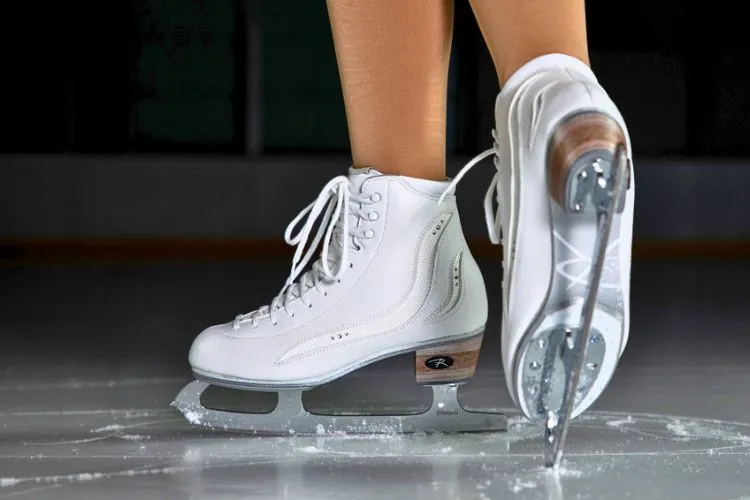
The blade’s design plays a crucial role, as it allows for precise movements, providing stability and grace during complex routines. The toe picks at the front facilitate jumps by digging into the ice, giving the skater the necessary lift and control.
Hockey Skates
Designed for the rough and tumble world of ice hockey, these skates differ markedly from figure skates. Their blades are shorter and more curved, allowing for quick, sharp turns and rapid acceleration, crucial in a fast-paced game.
The boots are well-padded and offer more ankle support, protecting the player from impacts and falls during a game. The design focuses on maximizing speed and agility without compromising on foot protection.
Speed Skates
Built for velocity, speed skates feature long, flat blades and low-cut boots that aim to enhance aerodynamics and reduce weight. The blades maintain extended contact with the ice, minimizing friction and maximizing glide at high speeds.
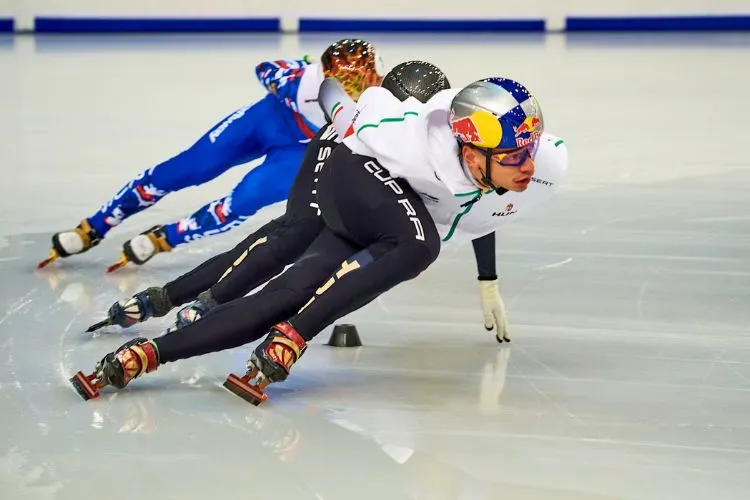
Typically used in racing and marathons on ice, these skates demand a high skill level to manage the balance due to their blade configuration.
Recreational Skates
Recreational skates prioritize comfort and are suited for leisurely skating at public rinks or frozen ponds. These skates often feature insulated, softer boots and are designed to provide stability and support for casual skating.
They are an ideal choice for beginners or those interested in skating as a seasonal leisure activity without competitive intentions.
Synchronized Skating Skates
Synchronized skates blend elements from both hockey and figure skating skates tailored to the demands of team unity and choreographic precision.
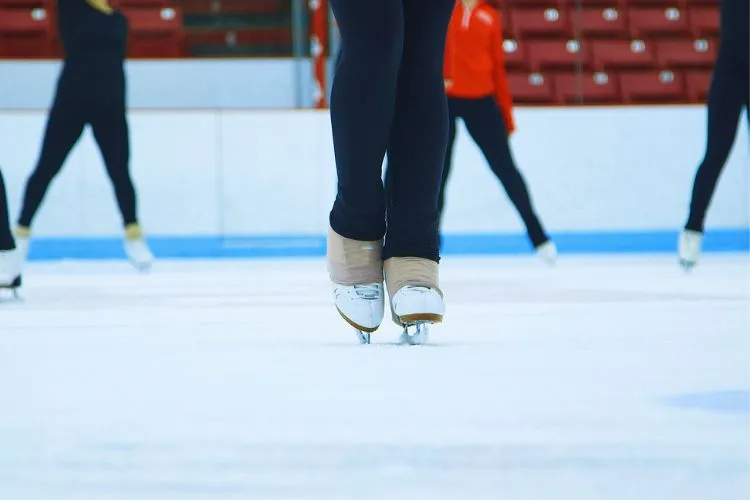
These skates support formations and synchronized movements, requiring skates that combine agility and artistic expression. They are specifically designed to aid skaters in achieving harmony and synchronization which is the hallmark of this sport.
Touring Skates
Also known as Nordic skates, they are designed for long-distance journeys across natural ice surfaces like lakes and rivers.
Their long blades provide stable and efficient movement across uneven natural ice. This type is best suited for skaters who enjoy outdoor adventures in natural settings, offering a unique blend of endurance and exploration.
Choosing the Right Ice Skates
Selecting the right ice skates involves considering the type of skating you plan to pursue. It is crucial to align your choice with your activities on ice—be it racing, playing hockey, or performing in figure skating.
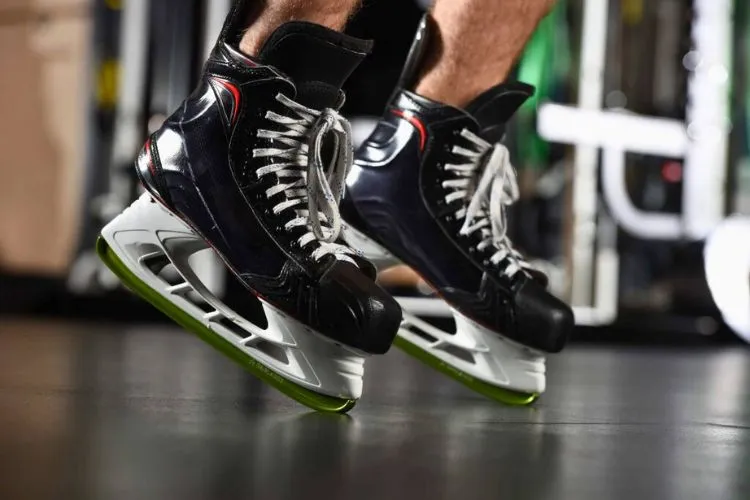
Beginners should seek advice from experienced skaters or coaches to find skates that align with their developmental needs. Additionally, the fit of the skate is paramount.
Skates that fit well will not only be more comfortable but also improve your performance and reduce the risk of injury. Always try on skates with skating socks to ensure the snugness and comfort necessary for skating activities.
Maintenance of Ice Skates
Maintaining your skates is essential for ensuring their longevity and performance. Regular sharpening of blades, thorough drying after each use, and the occasional treatment of the boot to preserve its material are all crucial steps. Well-maintained skates provide a smoother and safer skating experience.
Accessories and Equipment
When using ice skates, complementing them with the right accessories can enhance both performance and safety.
Skate guards protect the blades from damage off the ice, while proper safety gear like helmets and pads safeguard the skater during activities. Choosing the right accessories can make a notable difference in your skating experience.
You may also find useful: Is Ice Skating Easier Than Roller Skating?
Understanding Skate Blade Technology
The blade is the soul of an ice skate, integral to performance, with its technology evolving significantly over time. Blades are constructed from high-quality stainless steel, ensuring durability and resistance against corrosion.
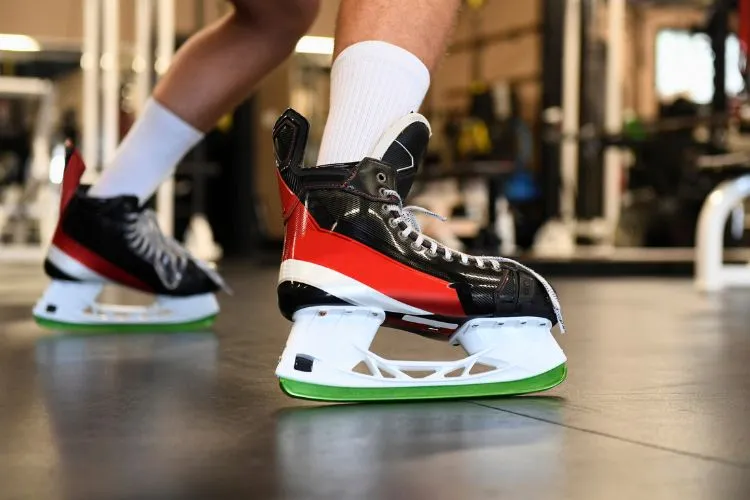
Innovations in engineering have led to variations in thickness, curvature (rocker), and length tailored to specific skating disciplines. For example, figure skates have a larger radius of hollow (RoH), enhancing agility and control for jumps and spins, while speed skates feature a flat blade design to maximize glide efficiency over ice.
These technological advancements allow for precise customization, optimizing performance by matching blade attributes to the skater’s style, discipline, and personal preferences, fundamentally transforming the skating experience.
Frequently Asked Questions (FAQs)
How often should I sharpen my ice skates?
It depends on usage frequency, but typically after every 10-20 hours of skating.
Can I use hockey skates for figure skating?
It is not recommended as they lack toe picks crucial for jumps and spins in figure skating.
What is the best way to determine my ice skate size?
Measure your foot and consult the manufacturer’s sizing chart for the best fit.
How can I tell if my ice skates fit properly?
Good fitting skates should be snug but not painful, with your toes lightly touching the toe cap when standing.
Is it worth investing in higher-quality ice skates as a beginner?
Investing in good quality skates can improve learning and provide better support and protection.
Can I use the same ice skates for indoor and outdoor skating?
Yes, but ensure the blades are maintained properly after skating outdoors to protect against damage from rough ice surfaces.
Conclusion
Understanding the different types of ice skates and their specific purposes allows skaters to make informed decisions that enhance their ice experience.
Whether engaging in competitive sports, leisure activities, or anything in between, the right type of skate will support your endeavors and lead to a more enjoyable and successful skating experience.
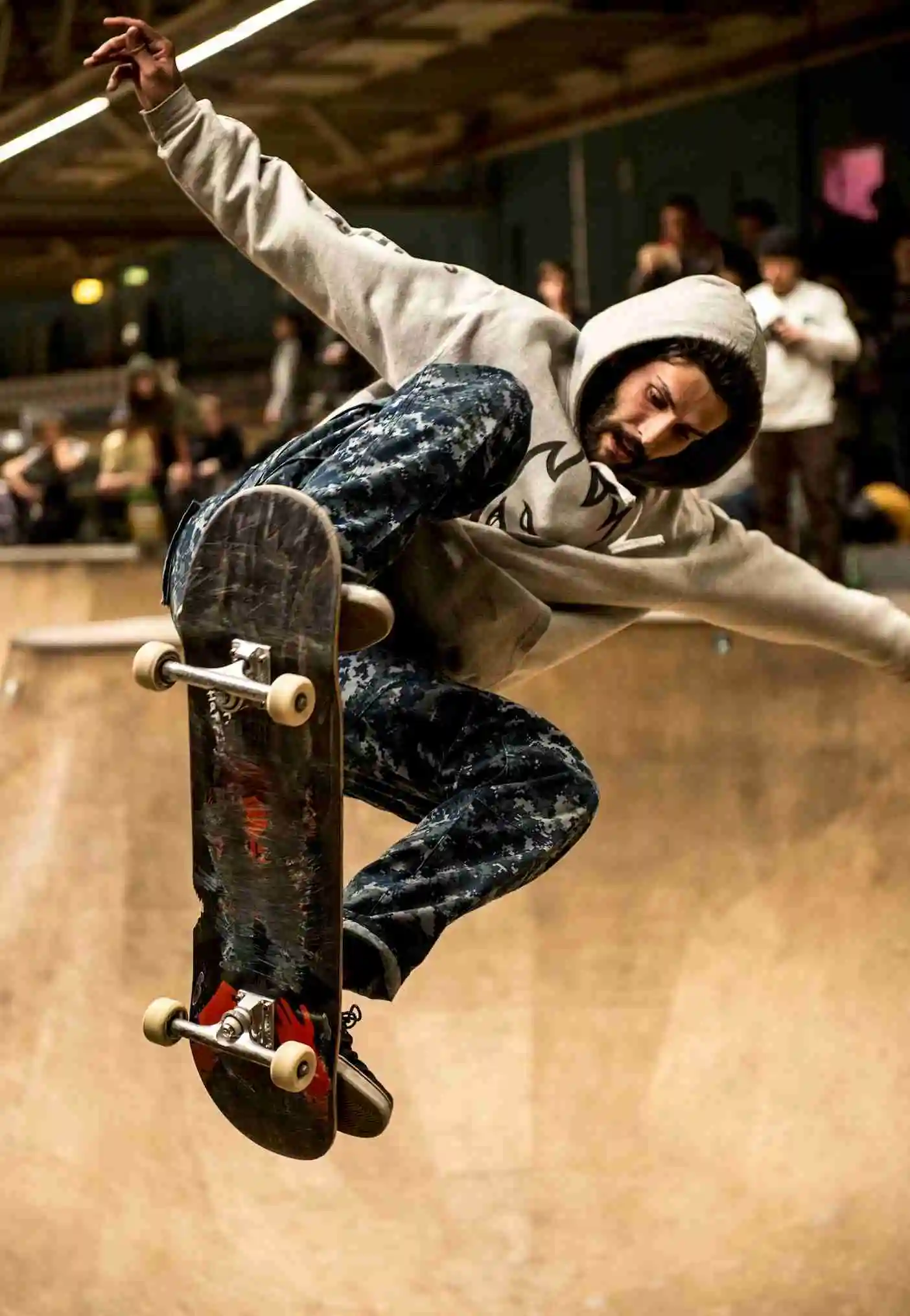
Matthew James is a passionate skater who wanted to create a platform to share his love for skating with others. With a vision to create a vibrant community of skaters, he aims to provide a space where skaters of all levels can connect, learn, and grow together.
